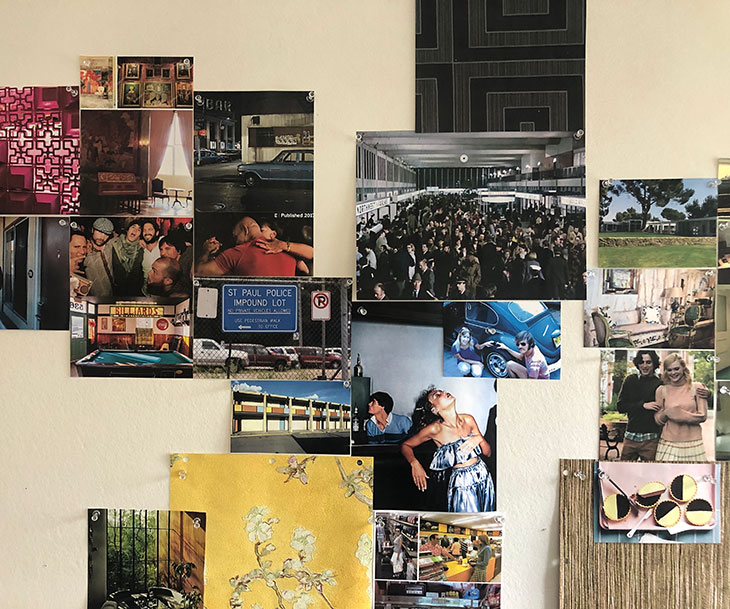
In an exclusive interview for DSCENE Magazine, our Editor, Pavle Banovic talks with Knut Loewe, a seasoned production designer whose journey from aspiring architect to acclaimed creator of cinematic worlds is nothing short of remarkable. With a background rooted in architecture, his transition into the realm of film and television set design was sparked by a real passion for storytelling through visual art. From discovering the role of a set designer in a women’s magazine to volunteering at opera houses and seizing an opportunity to work on a low-budget film in New York, his path has been paved with unique experiences that have shaped his exciting career.
INTERVIEWS
Throughout the interview, Knut talks about his creative process, revealing how early involvement in world-building and collaboration with directors and writers is crucial to crafting immersive environments. He shares inspiring anecdotes from his work on notable projects, including transformative moments on large-scale sci-fi films and period dramas. As he reflects on his recent project ‘Griselda,’ we gain insight into the research and innovative design choices that bring historical settings to life. Additionally, the discussion touches upon pressing industry issues such as the unemployment crisis in the film and TV art departments and the looming impact of AI on creative roles.
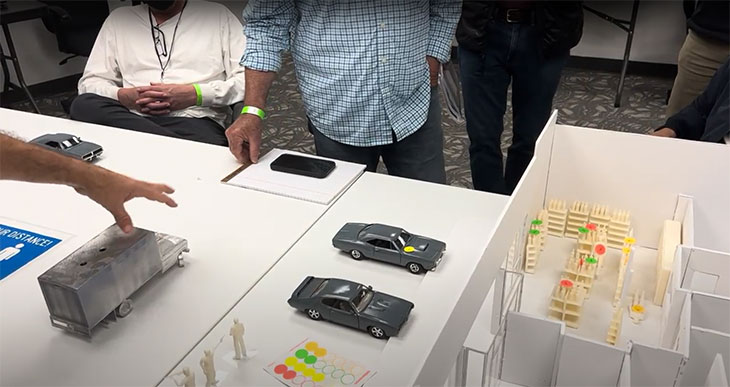
Could you share a bit about your background and how you began your journey in production design?
There were three major incidents that made me become a production designer for movies and TV series. I mean I majored in architecture and wanted to become an architect. I didn’t know anything about films and how they are made, I just loved watching them, I guess I was a real cineast but nothing more.
First, one day a friend of mine told me about a very interesting job-description, something I had never heard or thought about previously: set-designer. It was mentioned in an article in a women’s magazine. Whoever had written the article hasn’t made a distinction between production designer, art director or set designer, the article was about the people who design the look and the sets and interiors of movies. I loved it.
Another interesting influence on my future career was the art academy in Stuttgart. Dietrich Rose, the famous stage designer of La Fenice Opera in Venice, Italy, was teaching stage design, and one of my friends was a student in his master class. That made me interested in opera altogether, and I was intrigued by the designs that often looked like fairy tales to me. Several times, I volunteered at the local opera house where Dennis Russel Davies had invited Philipp Glass to stage Satyagraha , Einstein on the Beach, and Akhnaten. I had introduced myself to a very fascinating world, but I continued to study architecture.
Finally, I worked on the model for the new Munich Airport at Auer & Weber Architects, and I was invited to a dinner by one of the fellow architects. There, I met two filmmakers, a producer and a director, who were about to shoot a low-budget arthouse movie in New York. I didn’t have to think twice, and I asked them whether I could join as a crew member. They asked me what I thought I could contribute to the project, and I replied that I would like to scout the locations and decorate the interiors. They believed that I would be able to do that even without experience and told me that it would be without payment. That didn’t stop me, and once I had finished working on the airport model, I was on the next flight to New York. This project, an adaptation of the comics Katzenjammer Kids, became my first movie credit. Until today I enjoy doing what I do.
What does your creative process involve as a production designer?
Nowadays, as a production designer, you are involved in creating a certain format much earlier on than in former times. Series formats are especially being created in a way that is referred to as world-building. That means you are asked to design a complete hemisphere rather than individual sets. For me, it is like a distinct handwriting that needs to be applied to all the different sets and settings that the scripts require. Together with the director and or the writers, sometimes without them, I create background information about the characters that is not explicitly written and mentioned in the script. For example, a specific car, architectural details, or even one chair can tell the audience whether we are talking about old money or the “nuveau riche” or just how long someone has been living in a house or how long they have occupied a desk at work. Things like that.
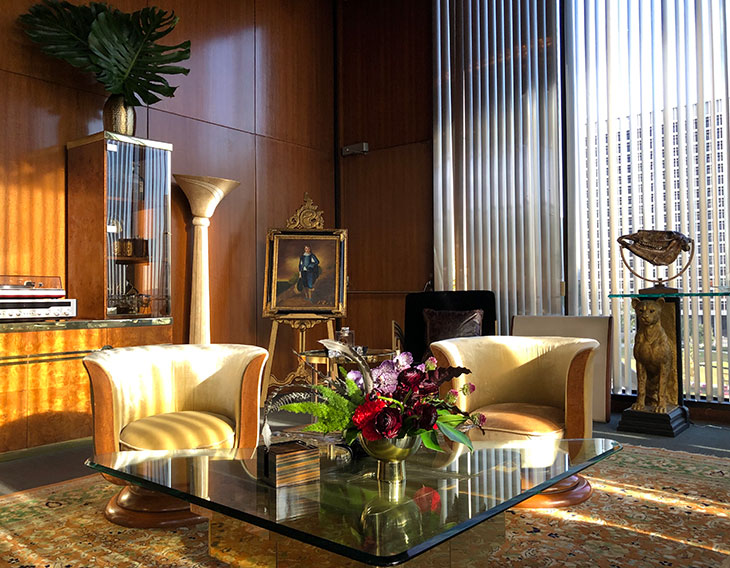
Among all the projects you’ve worked on, which one stands out as particularly meaningful or transformative for you?
Again, I can’t answer the question with just one project; rather, I need to mention three.
After I graduated from film school at the Royal College of Art in London, I was asked to join the art department as an art director for a sci-fi movie which was produced by Roland Emmerich and Claussen & Wöbke. I had no idea how big film sets and film crews could be. This was a big time compared to everything I had experienced previously. The scale was mind-blowing. I had to rethink. Roland, who worked on Stargate at the time, invited me to come to Los Angeles so I could see how things worked in the real world. For the first time, I saw sets that were silly big and built with vacuum-formed elements.
After High Crusade was completed, I was asked to work on a movie in England and work together with the production designer, the late Michael Pickwoad; we met and connected instantly. The movie never came off the ground. A couple of years later, Micheal was supposed to design the Hallmark production Hans Christian Anderson, My Life as a Fairy Tale. Michael Pickwoad asked me whether I wanted to join the crew or not. Of course, I immediately said yes. The position of set decorator was available, and with the experience I had gathered by then, I was confident enough to take on the challenge. This project was amazing because it was Michael Pickwoad who taught me so much about classic architecture, the importance of technical details, art history, and so many things I still use every day.
The third project was when I was asked to design the limited series Sinking of the Laconia for the BBC. Again, it was a bit of a challenge because the series is a cross of Titanic, Das Boot, and Pearl Harbour, and the budget was completely out of this world. I could not be closed with the amount of money that was needed. The scripts had been written by Allan Bleasdale (Boy from the Blackstuff, Oliver Twist), and he was asked to do a major rewrite. We all wanted to make it work, and one of the challenges was how we could shoot subs in the middle of the Atlantic, Suez, Paris, London, Berlin, Ascension Island, Sierra Leone, and Lorient in France without spending a fortune on airfares and hotels, how could we spend the limited budget more wisely? After I scouted England, Malta, Germany, and Morocco, I wanted to find a place where we could possibly do everything in one area. I took a trip with the line producer to Cape Town, and there it was, of course. To do Paris and Berlin required a bit of phantasy, but we made it work. These challenges are the reason why I want to be a production designer and nothing but.
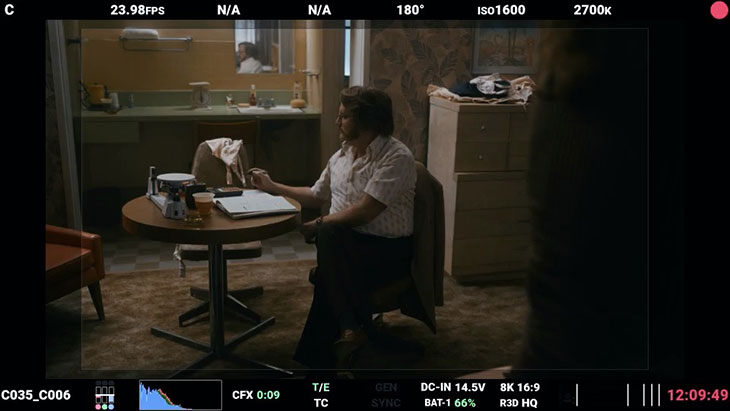
You were the production designer for the show ‘Griselda.’ How did you get involved in that project?
The co-producer Phil Barnett called me one day and asked whether he could submit my name for the pitch of a very “juicy” show. Since we had already successfully worked together on Counterpart, I trusted him and wanted to do the pitch. I mean, it was in the middle of the pandemic, and I sat in a hotel at three o’clock in the morning in front of my laptop with slow internet. The circumstances could not have been more unfortunate. I zoomed in with the director, Andres Baiz; he was supposed to decide who he wanted to work with. I presented a mood board and look-book with reference pictures of how I would create a world of rich drug lords in Miami in the 70s, and Andres asked me why I put a certain number of photos in this or that order, and I replied that I thought, if I had to direct this show, this would be what I would want to see around the cast. He liked the approach, and I traveled to Los Angeles to meet with him and Eric Newman, the producer, in person.
What were some of the primary inspirations behind the set design for the show?
I studied a great deal of 1960s and 1970s photography. I studied the development and changes in the Miami skyline over the decades between the 1950s and the 1990s. It soon became apparent that it had changed so much that it didn’t make much sense anymore to go there and stage scenes that were supposed to look like 40 years ago. I also worked with Architecture and interior design magazines from the 1970s, such as Abitare, AA, Domus, Architectural Digest, and Casa Vogue from the 1980s. Automotive, cigarette, and whisky adverts of that time can also be very inspiring. We also recreated quite a few of those, which can be seen in Amilcar’s takedown. For instance, the billboard picks up the color of Amilcar’s Jaguar.
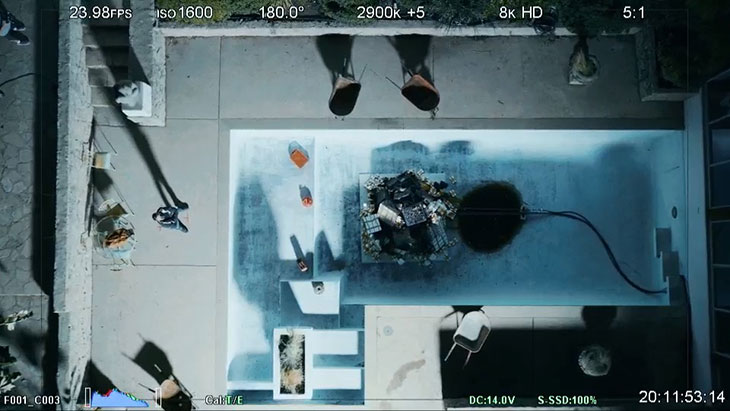
What aspect of working on ‘Griselda’ did you enjoy the most?
Scouting period architecture in Los Angeles was great fun and an inspiration, too. The location scout Kris Bunting, the art director Jakoub Durkoth, and I worked with books about the history of Los Angeles and Long Beach, the Architecture of William Pereira, the Case Study House Program, and the development of Coral Gables back in the day. Another fun factor was those cars. The show is full of supercars and big American cars from the 60s and 70s. Working with the action vehicle coordinator, Randy Wolff was a joy. The cars he sourced were always surprising, and we tested several of them.
The fourth episode featured an abandoned mansion that was particularly challenging to design. Can you tell us more about how you brought that set to life?
This is a great question because in an early version of episode 4, this place was described completely differently. There was a swamp with crocodiles, and it should have been close to Palm Beach. By coincidence, we came across this abandoned compound above Beverly Hills. The director and I were intrigued by the greenhouse and the general state of the buildings. The script required a rather large motor court and enough space to build a private army. It was almost as if the location would tell us what the backstory should be. We wanted the house to look like the property of a well-to-do family that hasn’t been using the house in at least a decade. We added wallpaper that peels off, used dust covers for the faux French 1950s furniture, and added corrugated iron and barbed wire to make everything look more fortified. My favorite detail is The Sin by Franz von Stuck, a mural above Griselda’s bathtub.
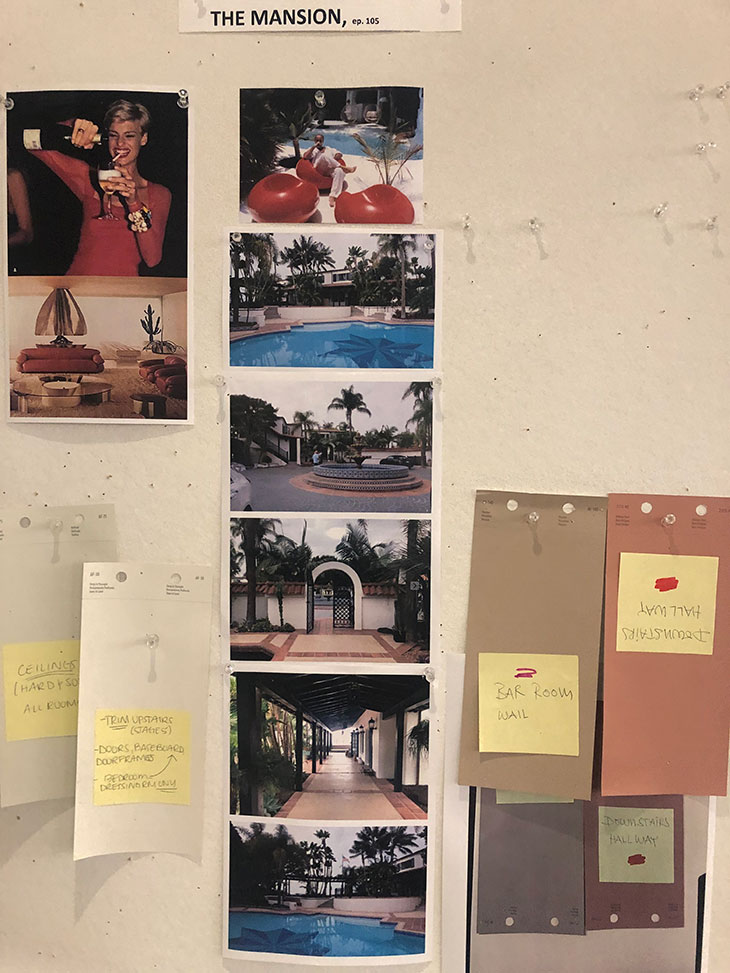
There has been a lot of focus recently on the unemployment crisis in the Film and TV art department. What are your thoughts on this issue, and have you personally experienced its impact?
Unemployment does not concern only the art department; it is really across the board, including all crafts departments. More than half of all the professionals in the industry are currently out of work. The IATSE base contracts are going to expire by the end of July 2024. The production companies and broadcasters are reluctant to green-light anything until August 2024. If we cannot reach an agreement for new base contracts in time, chances are there might be another strike, including almost every craft behind the camera. Even if only one or two of the locals cannot reach an agreement, the other unions would have to join a strike in solidarity. The trouble is that it is possible to produce almost every content in almost every other country in the world for 30% or sometimes even 50% less. Additionally, some countries and regions offer tax breaks up to 35%. If one decides to move principal photography to Eastern Europe or South Africa, Ireland, or Spain, many union rules don’t even apply. From my experience, the heads of the departments are the ones who travel and are not too much affected by job loss caused by international co-productions. The electricians, set-dressers, wardrobes, teamsters, construction crew, office personnel, coordinators, and the like are the ones who would not necessarily travel to distant locations, and that is going to be tough. I guess we don’t only have to think about these issues. Also, the impact of AI will have to be watched carefully and will cause further job losses. A lot will change in the next couple of years, and we must all adjust to new circumstances.
Is there something that has consistently inspired you over the years, such as a place, person, or book?
Oh yes, absolutely. I regularly go to places such as Copenhagen. The Louisiana Museum, with its exquisite exhibitions, is always a huge inspiration. In Paris, I try not to miss any of the exhibitions at the MAD, Musée des Arts Décoratives. I saw the huge and magnificent Gio Ponti retrospective and the amazing display of the works of Iris van Herpen, and both these shows had an impact on my work as a production designer. In London, I try to attend RCA degree shows, which are my alma mater. I visit the Serpentine Gallery whenever possible; the biography of its director, Hans Ulrich Obrist, also had an influence on my recent works. I love to visit stately homes in England for their rich history, architecture, interiors, and artworks. Woburn Abby, for instance, has one of the biggest collections of Canaletto paintings, which have been guidelines for many of the period movies and shows I have designed in the past. In New York, it would be the Whitney, the Frick Collection, the Metropolitan, and the Dia Art Foundation that I just cannot miss once I am there.
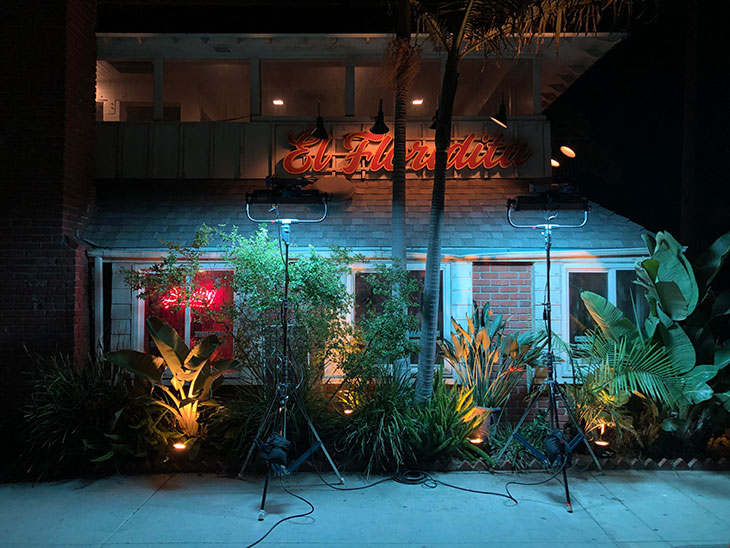
What are your upcoming projects? Is there anything you are currently working on that you can share with us?
I am working on a rather small TV movie commissioned by German broadcaster ZDF about one of the most successful entertainers in German TV in the 60s and 70s, Hans Rosenthal. His conflict with postwar German media, the established press, and their respective ignorance towards Jewish life and citizens. Produced by if…productions in Munich, who were recently nominated for an Academy Award for The Teacher’s Lounge. And yes, all my American offers and projects did not come off the ground for the reasons mentioned above.
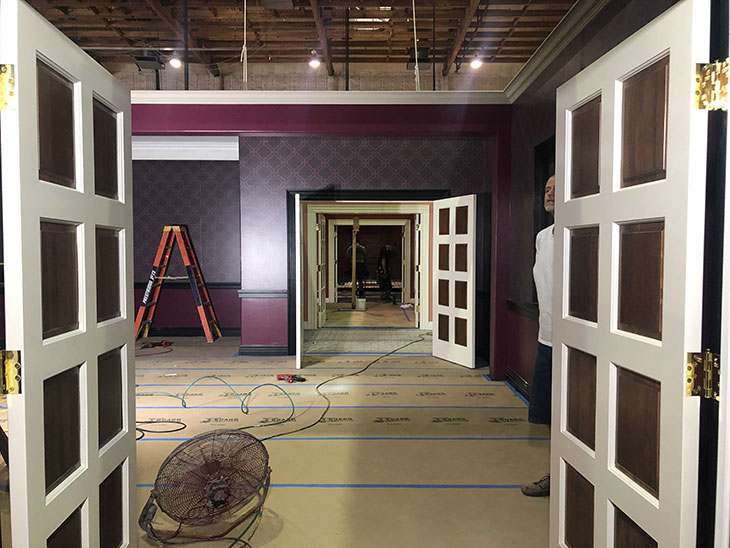
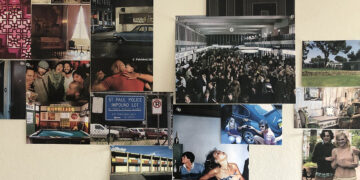













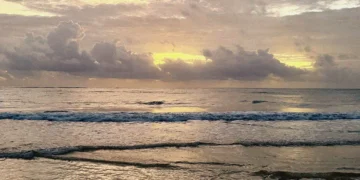
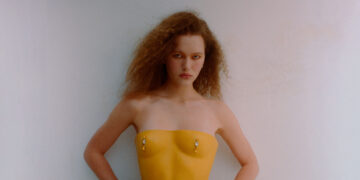
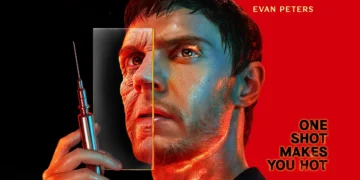
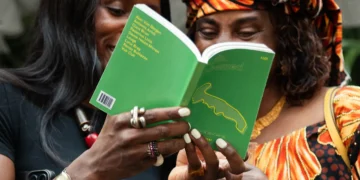
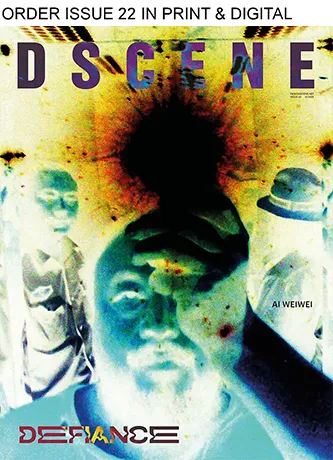

the unemployment situation in the film industry is insane, we don’t even get it how serious it is, and art department is hit especially hard…. i am glad you talked with Knut about it, he is such a leader in his field and this needs to be addressed more!
Hey people!!!!!
Good mood and good luck to everyone!!!!!
Knut Loewe’s insights into design are fascinating. What trends in design do you think will dominate the industry in the coming years?